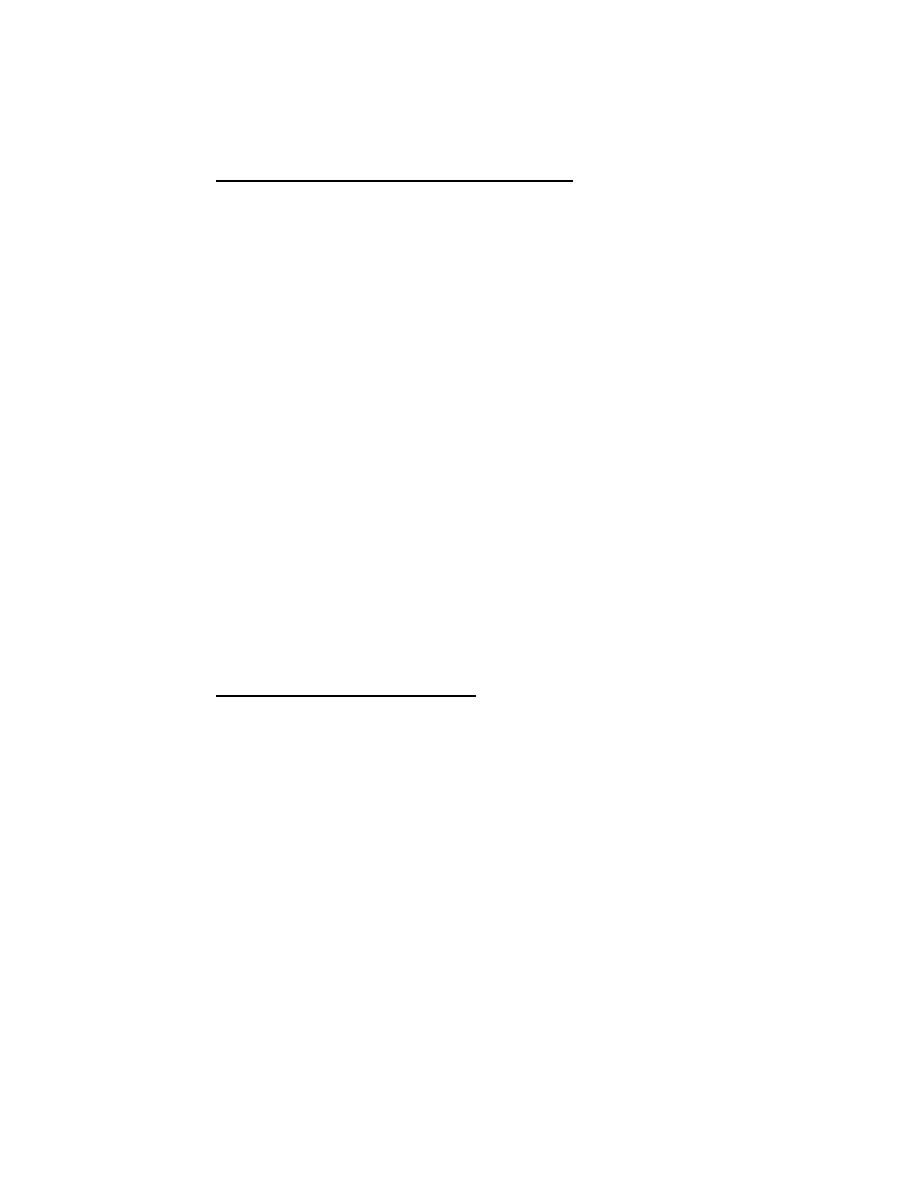

Custom Search
|
|

|
||
 MIL-HDBK-1013/12
2.2.2.4
Laminated and Fused Polycarbonate. A thickness of
polycarbonate glazing exceeding 1/2 inch (12 mm) can be achieved
by lamination or fusion.
A polycarbonate laminate performs better against
chemical forced entry attack than a monolithic plate of
polycarbonate. The interlayer between the first and second
layers of polycarbonate provides a barrier to the imbuing liquid,
thereby delaying poisoning of the polycarbonate.
Whenever large thicknesses of polycarbonate are
anticipated, a design review should be considered. Polycarbonate
is a moderate temperature insulator when exposed to a large
temperature differential. A large temperature gradient within a
large thickness of polycarbonate produces bending stresses in the
cross-section. These diurnal stresses, if severe enough, will
lead to delamination of a laminate or stress hardening of the
monolithic material and result in a phenomenon known as crazing.
Although the moduli of elasticity for polycarbonate and
urethane are somewhat different, responses of these two materials
under blast overpressure loading are similar enough for a
laminated cross-section to be considered monolithic for design
purposes.
Polycarbonate fusion has been tested for strength and
is a potential option for a specialized purpose. This process is
more exotic and expensive than a lamination process and has a
limited history. An "environmental review" must be considered
whenever this process is proposed as an option.
2.2.2.5
Glass-Clad Polycarbonate. Glass-clad polycarbonates
(GCP) are primarily used to protect against forced entry and
ballistic attacks. If a glass-clad polycarbonate is intended to
resist a bomb attack, resistance functions for blast design
calculated from either the glass or the polycarbonate material,
but not a combination of both materials, is a conservative
estimate. The computer program, Safevue, described in Appendix
C, builds resistance functions based on a combination of both
materials.
There are two basic configurations of glass-clad
polycarbonate glazing cross-sections. They are symmetrical and
asymmetrical cross-sections. Symmetrical cross-sections are more
environmentally stable. Environmental conditions are an
important consideration for laminates incorporating a
polycarbonate core thickness greater than 5/8 inch (16 mm).
Because polycarbonate has a coefficient of expansion
eight times that of glass, the interlayer material at the glass-
polycarbonate interface must be thick enough to allow for
20
|
 |
|
 |
||